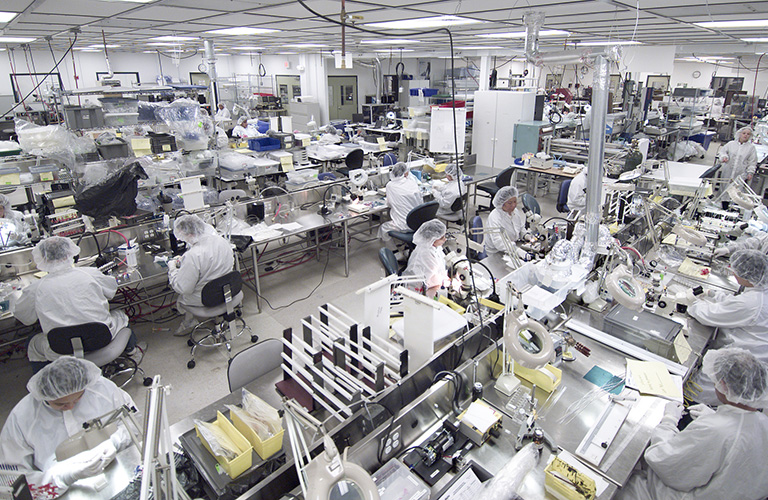Cleanroom News, General Topics
Disinfectants in a Cleaning and Sanitization Program
When developing a cleaning and sanitization program, it is critical to select the proper disinfectants and as well as verify their effectiveness with surface challenge testing.
Common challenges associated with the implementation of such a program are the development of written procedures, staff training, decisions on disinfectant rotation, institution of application methods and contact times, environmental monitoring to demonstrate efficacy, and personnel safety.
Thankfully, the cGMP 21 CFR 211.67, Equipment Cleaning and Maintenance, specifically addresses these requirements. It includes procedures for cleaning, maintenance, and sanitization of pharmaceutical manufacturing equipment. These procedures should address the assignment of responsibility, establishment of schedules, details of cleaning operations, protection of clean equipment prior to use, inspection for cleanliness immediately prior to use, and maintenance of cleaning and sanitization records.
Staff Requirements for Disinfection
Training in:
- Microbiology
- Industry practices for cleaning and sanitization
- Safe handling of concentrated disinfectants
- The preparation and disposal of disinfectants
- Appropriate application methods
Additionally, the preparation of the correct dilutions is critical. The reason for this is because many disinfectant failures can be attributed to use of disinfectant solutions that are too dilute.
Read about the benefits of using presaturated wipes
Traditionally, disinfectants that are used in sterile processing and filling areas are diluted with sterile purified water and are prepared aseptically. Alternately, the disinfectant may be diluted with purified water, and then sterile filtered to eliminate microorganisms that may potentially persist in a disinfectant. Diluted disinfectants must have an assigned expiration dating justified by effectiveness studies.
Rotating the disinfectant of choice with a sporicidal solution is also encouraged. It is wise to supplement the daily use of a bactericidal disinfectant with weekly (or monthly) use of a sporicidal agent. The daily application of sporicidal agents is not generally favored because of their tendency to corrode equipment and because of the potential safety issues with chronic operator exposure. Other disinfection rotation schemes may be supported based on a review of the historical environmental monitoring data. Disinfectants applied on potential product contact surfaces are typically removed with 70% alcohol wipes. The removal of residual disinfectants should be monitored for effectiveness as a precaution against the possibility of product contamination.
Appropriate safety equipment
The following items must be issued to personnel handling the disinfectant preparation, and personnel must be trained in the proper use of this equipment:
- face shields
- Safety glasses
- Gloves
- Uniforms
Safety showers and eye wash stations must be situated in the work area where disinfectant solutions are prepared.
Safety Concerns
Handling concentrated disinfectants and mixing incompatible disinfectants pose the greatest safety concerns. For example, concentrated sodium hypochlorite solutions (at a concentration of more than 5%) are strong oxidants and will decompose on heating, on contact with acids, and under the influence of light, producing toxic and corrosive gases including chlorine. In contrast, dilute solutions (at a concentration of less than 0.5%) are not considered hazardous. Under no circumstances should disinfectants of different concentrations be mixed. Material Safety Data Sheets for all the disinfectants used in a manufacturing area should be available to personnel handling these agents.
Article source: USP 35 〈1072〉 DISINFECTANTS AND ANTISEPTICS




